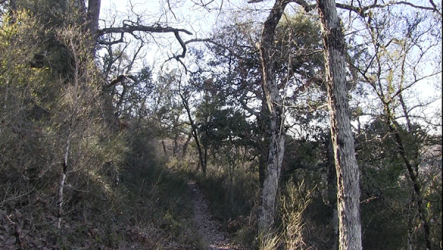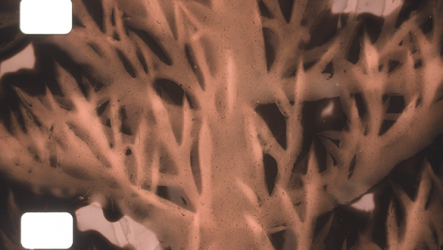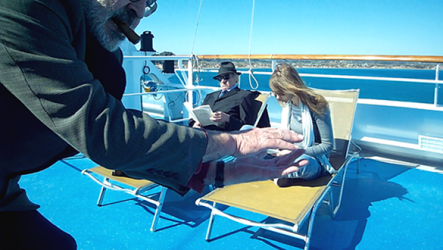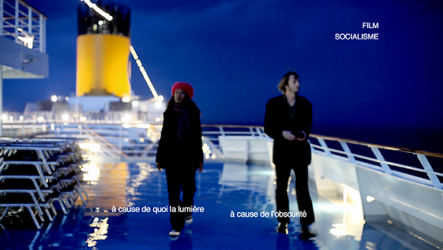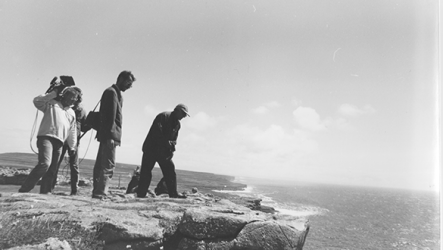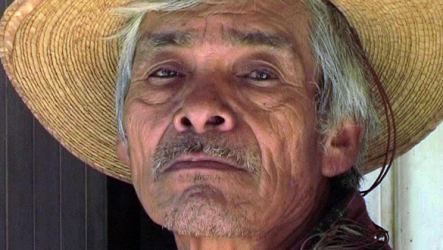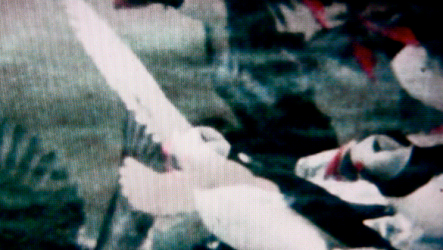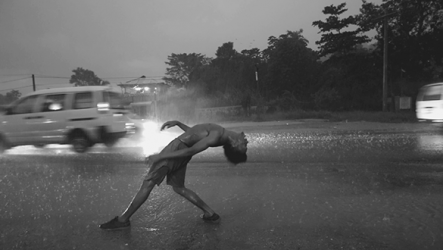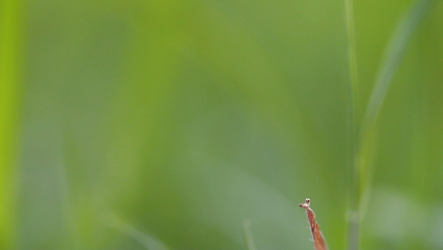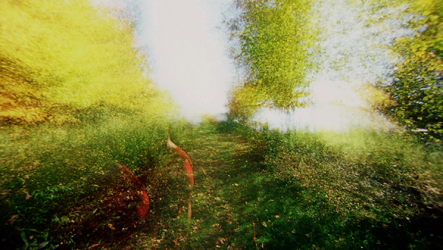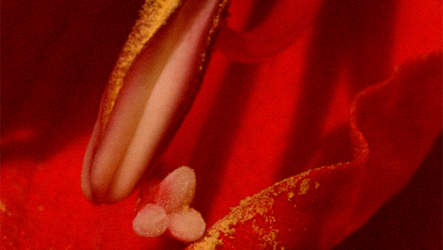Natural catastrophe and the engulfing of a Mexican village under ashes in Paul Grivas’s Angahuan (2006); military destructions in Florent Marcie’s A.I. at war (2020), shot in the still smoldering ruins of Raqqa (Syria) and Mosul (Iraq), as sporadic gunfire continued and bodies remained unburied; the sanguine failure of the revolution in Syria, whose images are observed and analyzed by the three agonizing protagonists in Our memory belongs to us (2021) by Rami Farah and Signe Byrge Sørensen; the sinking of the cruise ship in Film catastrophe (2018), in which Paul Grivas watches again how Jean-Luc Godard in Film socialisme (2010), onboard the same ship, as an emblem of consumerism, revealed some problematic vestiges of the unfulfilled promise of communism.
Is humanity only capable of destruction? Can images be content to accompany political and moral disasters and reinforce despair? What happens after disasters, and is there even an after? Without any spirit of hope, these films also speak to us of intelligence –singular and collective– of learning, and even of brotherhood in revolt.
Often in the history of mankind, it is to the example of nature itself that humans resort to, ashamed of their misdeeds. “Nature, the inexhaustible resource of encounters worthy of speechless communication’, are the words fictionally enunciated by Abbas Kiarostami during his inspiring journey on the Aran Island, navel of the history of the documentary, in Fergus Daly’s The mirror of
possible worlds. How can cinema free itself of its anthropocentric and industrial determinations?
Each of the films presented here offers a solution, be it iconographic or technical, whether it involves renewing a representation or producing one’s own means of photochemical development (Karel Doing), dancing with one’s whole body with nature as one’s partner (Cecilia Bengolea), imagining a sound as animals might perceive it (Zélie Parraud), treating every flower or herb as monumental as the painters formerly painted the kings and queens (Silvi Simon, Jayne Parker), raising sublime hymns to the living (Wolfgang Lehmann, Alexandre Larose).
Curation, introduction: Nicole Brenez
(Curator of the Cinémathèque Française and Professor at the University Sorbonne Nouvelle-Paris 3 and at La Femis)
Programming: Jacob Skenderidis
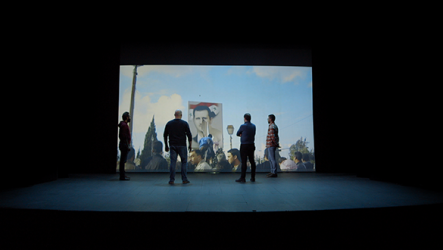
Our memory belongs to us
Read more ...
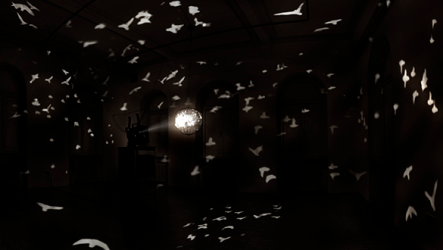
Filmatruc à verres n°2, Oiseaux (compte-rendu d’installation)
Read more ...
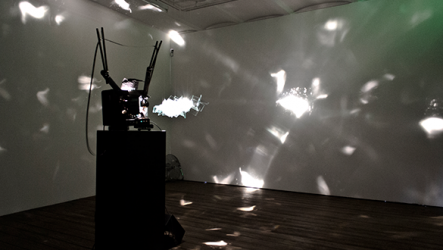
Filmatruc à verres n°4, Orage (compte-rendu d’installation)
Read more ...



